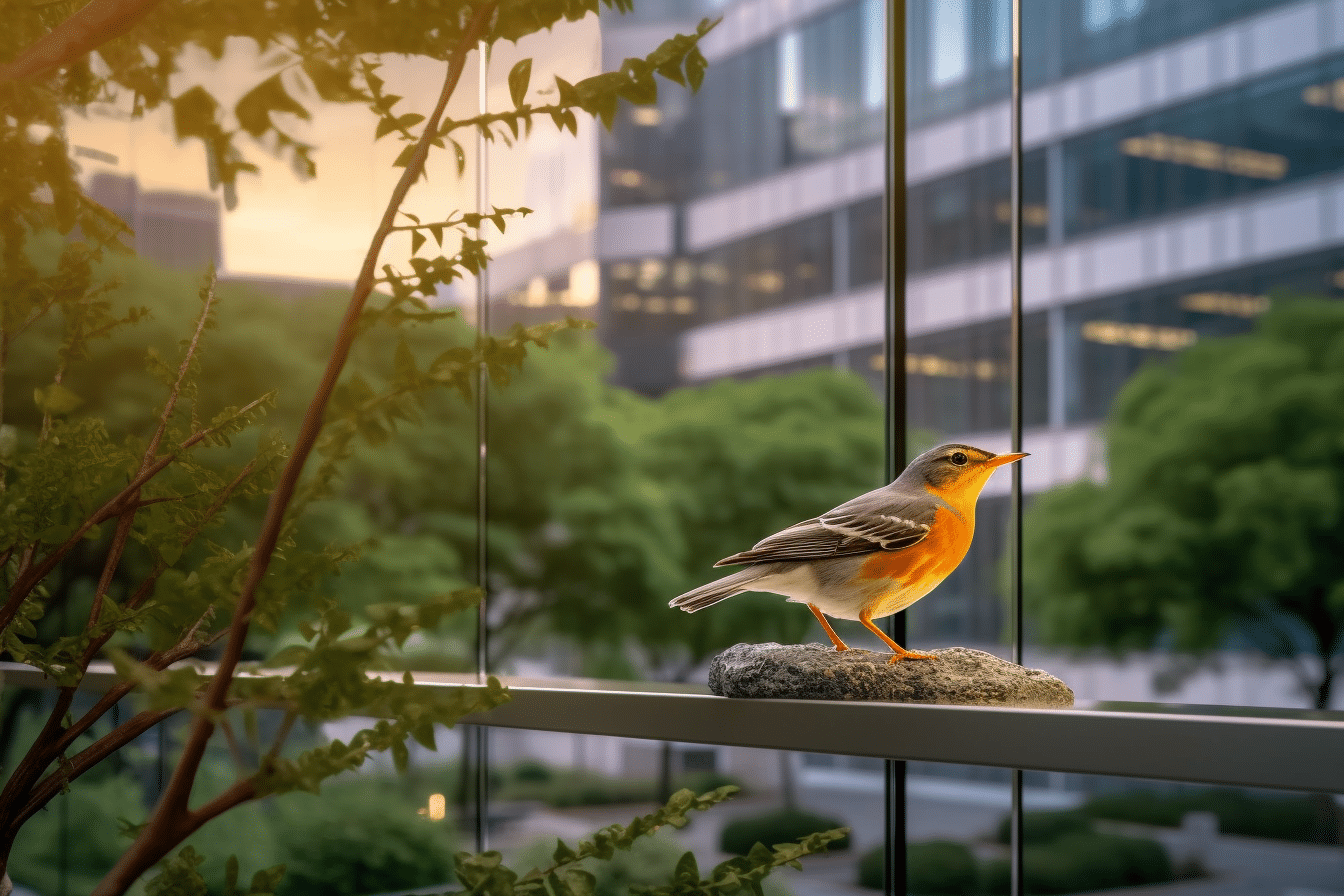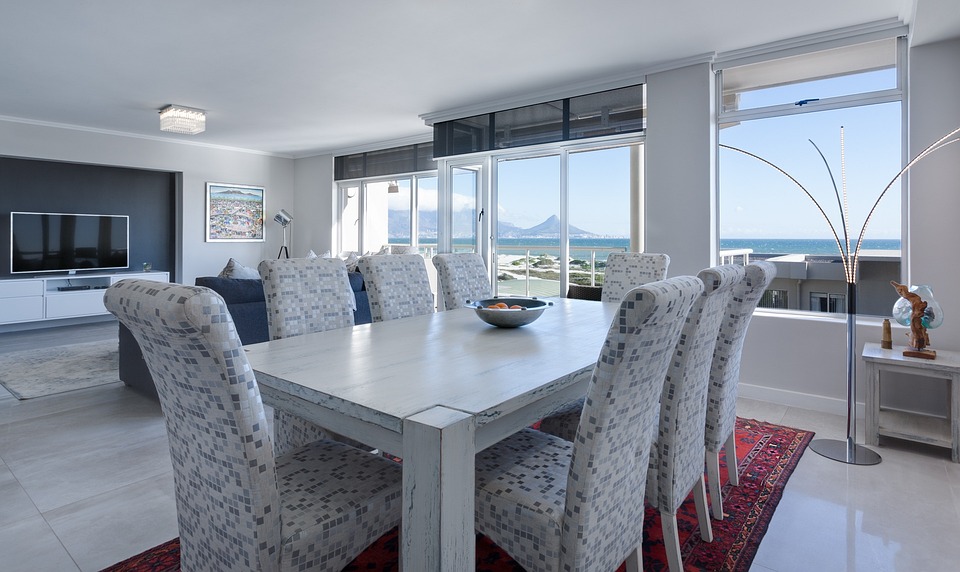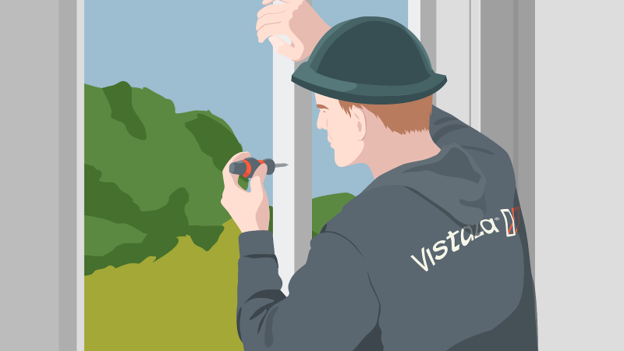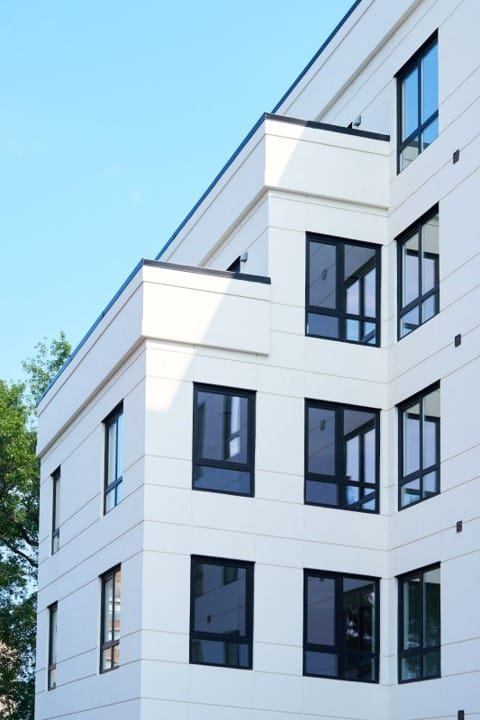
Intro to Bird-Friendly Glass in NYC
Bird collisions with glass structures and the detrimental effects of light pollution pose significant threats to bird populations dwelling in urban environments. To address these issues, New York City has implemented Updated NYC Bird Friendly Glass Requirements through NYC Local Law 15. This article delves into the importance of bird-friendly glass, highlights the previous regulations, provides a comprehensive overview of the updated requirements, offers compliance guidelines, discusses the benefits of implementing bird-friendly windows, presents case studies of successful bird glass projects in NYC, and emphasizes the significance of prioritizing bird conservation efforts.
Why is Bird-Safe Glass Important
Bird collisions with glass have long been a grave concern, with statistics and studies revealing that approximately 1 billion bird collisions occur annually in the US and Canada as reported by the American Bird Conservancy (ABC). These collisions lead to injuries, fatalities, disrupted migratory patterns, and declining bird populations. Bird-friendly glass has emerged as a potential solution to mitigate these collisions. By incorporating specific materials and design elements, bird-friendly glass aims to make windows more visible to birds and prevent collisions. This approach has been proven effective in minimizing bird-window collisions in various cities across the globe.
Previous Bird-Friendly Glass Regulations in NYC
Prior to the updated bird-friendly glass requirements, NYC had existing regulations in place to address bird strikes with glass structures. While these regulations aimed to mitigate the issue of bird strikes, they might have had limitations or faced challenges in achieving the desired outcomes. The updated requirements build upon and improve these previous regulations to enhance bird safety in the city.
Overview of the Updated NYC Bird Glass Requirements
The updated bird-friendly glass requirements in NYC establish specific guidelines for bird-friendly materials on building facades up to 75 feet and hazardous elements on glass facades regardless of height. Compliance with these requirements necessitates the submission of detailed architectural drawings that showcase adherence to the NYC local law.
Architectural drawings must include elevations highlighting proposed bird-friendly material areas, axonometric diagrams illustrating fly-through conditions and Bird Hazard Installations (BHIs), and a table indicating the location of bird-friendly materials and window assemblies with their corresponding Threat Factor (TF) ratings. The TF Table sets the maximum allowed TF for different types of glass used in various building elements, ensuring compliance with BC 1403.8. It is crucial for the drawings to indicate the use of bird-friendly materials on the entire window, with a TF rating of 25 or less for relevant design elements.

Moreover, a proposed bill seeks solutions to minimize light pollution from privately owned commercial buildings to protect avian species. It is time NYC highlights the importance of protecting bird populations in urban environments through bird-friendly glass compliance.
What is the NYC code for bird-friendly glass?
Building owners, architects, and developers have a range of bird-safe compliance options available to them. Retrofitting existing structures with bird-friendly materials is one approach while incorporating bird-friendly design and construction standards for future projects is another. The architectural plans should clearly indicate the use of bird-friendly materials with a TF rating of 25 or less for relevant design elements. The updated requirements provide flexibility for deferring the submittal of certain bird-safe glass materials, as long as it is explicitly mentioned in the architectural plans.
What is a Threat Factor (TF) for bird-friendly glass?
The Threat Factor (TF) serves as a measure of the potential danger posed to birds by various materials and design elements. It quantifies the relative threat level, using a scale from 1 to 100, indicating the effectiveness of materials or assemblies in mitigating bird-window collisions. This evaluation is conducted through a binary choice flight-tunnel protocol involving live birds, although the assessment is not limited to collision reduction alone.
A Threat Factor value of 1 represents the least threatening condition, while a Threat Factor of 100 represents the highest level of threat. A TF score of 50 indicates no significant impact on reducing bird glass collisions, whereas materials with a TF greater than 50 possess attributes that may contribute to bird glass collisions.
Assembly of Materials
An assembly refers to a distinct combination of materials, such as glazing, louvers, or screens (i.e., materials positioned on the surface of the glass). Additionally, an assembly may encompass other combinations of materials or the implementation of evaluated strategies.
When are buildings Required to include Bird Friendly Glass?
For Existing Buildings:
Existing buildings in NYC are generally not subject to Local Law 15, except when the scope of an alteration triggers compliance. Exterior glazing, including glass panels, architectural assemblies, systems, and elements, are considered for compliance purposes.
- If the alteration of an existing building involves replacing all exterior glazing, it must be replaced with bird-friendly materials according to the provisions of Section BC 1403.8.
- If all exterior glazing is being replaced and the project includes the installation of green roof systems or Bird Hazard Installations, Bird Friendly Materials are required.
Yet, certain alterations to existing buildings filed on or after January 10, 2021, are subject to the requirements of NYC Local Law 15 of 2020, regardless of the building’s use, occupancy or the scope of work of Construction.
- Applications for construction document approval filed in the Buildings Information System (BIS) that have not reached job status D or higher by January 10, 2021, will also be subject to the requirements of NYC Local Law 15.
- Applications filed in DOB NOW that have yet to reach a status of Pending CPE/ACPE Assignment or Pending Prof Cert QA Assignment by January 10, 2021, will be subject to the requirements of Local Law 15.
For New Buildings:
- Applications for new buildings filed on or after January 10, 2021, must comply with the requirements of Local Law 15 of 2020, regardless of the building’s use or occupancy.
- Applications for construction document approval filed in the Buildings Information System (BIS) that have not reached job status D or higher by January 10, 2021, will be subject to the requirements of Local Law 15.
- Applications filed in DOB NOW that have yet to reach a status of Pending CPE/ACPE Assignment or Pending Prof Cert QA Assignment by January 10, 2021, will be subject to the requirements of Local Law 15.
For additional information, please refer to Bird-Friendly Building Design & Construction Requirements Guidance document.
Benefits of Implementing Bird-Friendly Glazing
Implementing bird-friendly windows with bird-safe glass offers numerous benefits for both bird populations and the environment. By reducing bird-window collisions, bird-safe glass helps protect and conserve bird species, thereby promoting biodiversity in urban areas. Additionally, it contributes to the reduction of light pollution, which can disorient migrating birds and disrupt their natural behavior. Implementing bird-safe glass showcases a commitment to environmental responsibility, enhancing the public perception of buildings and fostering a sense of pride in contributing to a more sustainable and wildlife-friendly urban landscape.
Case Studies: Successful Implementation of Bird-Safe Glazing in NYC

Numerous case studies demonstrate the successful implementation of bird-friendly glass in NYC. For instance, Cornell University has retrofitted windows on campus buildings with cords and tape to increase bird visibility. Bird-friendly building glass design and construction standards have been adopted, including the use of bird-safe glass. These projects showcase the effectiveness and cost of bird-friendly measures in reducing bird collisions and serve as inspiration for future initiatives.
Conclusion
Addressing bird collisions with glass and light pollution in urban areas is crucial for bird conservation. NYC’s updated bird-safe glass requirements reflect the city’s commitment to protecting bird populations. Building owners, architects, and developers should prioritize bird-friendly design and contribute to a safer environment for birds. By implementing bird-friendly glass, NYC can lead the way in creating sustainable and wildlife-friendly urban spaces protecting birds.




